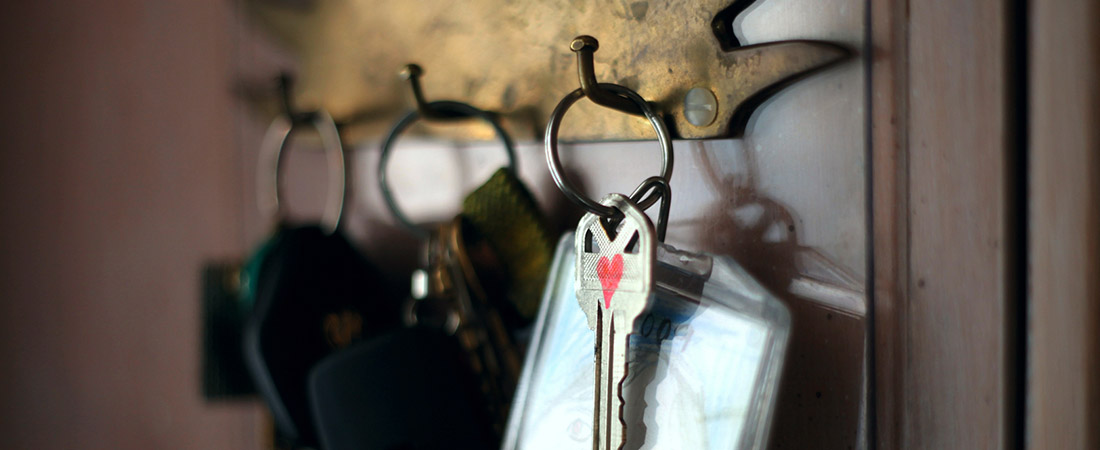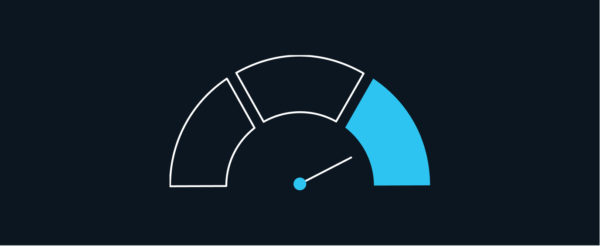Dec 15, 2016
Mortgages 101: Here Are the Basics You Need To Know

For most of us, a home is likely to be the most expensive thing we ever purchase. Unless you’ve got cash on hand to cover the full cost of the home you want to buy, you’ll need a mortgage to finance the purchase of a home.
What is a mortgage?
A mortgage is a type of loan used to purchase real estate. With a mortgage, a lender loans you the money you’ll need to purchase a home—usually an amount that covers the cost of the home minus whatever you pay upfront as a down payment. Most lenders want to see borrowers make a down payment that’s 20% of the total price of the home, but there are mortgages available for those who can’t or don’t wish to put that much down.
In exchange for the funds you need to purchase the home now, you agree to pay the lender back with interest. Interest is the money the lender charges you for loaning you the money. Interest rates are usually expressed as a percentage. Generally, the better your credit, the lower your interest rate will be.
With a mortgage, the property itself is used as collateral for the loan. If for some reason you aren’t able to make the payments on your mortgage, the lender can foreclose on your property and take the home in order to recover the funds they loaned you to purchase it.
Most mortgages are paid back with monthly payments spread out over as many as thirty years.
Lenders typically want to see borrowers make a downpayment of at least 20%.
The length of time you’ll spend paying back your mortgage is called the term: longer terms usually mean lower monthly payments, though they can often mean you pay more in interest.
What does my mortgage payment cover?
Each monthly mortgage payment is going to have some portion allocated to repaying the principal amount you borrowed to purchase your property, and some portion allocated to paying interest. Your mortgage payment might also include money for property taxes and homeowner’s insurance.
If you aren’t able or aren’t willing to pay 20% of the price of the home as a down payment, your mortgage payment will typically include private mortgage insurance, or PMI. PMI protects your lender if you stop paying back your mortgage payments. Once you build enough equity in your home, you can usually ask your lender to cancel the PMI insurance.
Lenders divvy up the money in each mortgage payment in a process called amortization: in the beginning, most of your mortgage payment is going towards paying down interest.
As you continue to make payments, the percentage of each payment going towards the principal will increase, and the percentage going towards the interest will decrease. That means you’ll build equity in your home slowly in the beginning, and more quickly as you get closer to paying the mortgage off completely.
What are some common types of mortgages?
Each mortgage is slightly different, though you can sort the basic types into two broad categories: fixed-rate mortgages, and adjustable-rate mortgages.
For a fixed-rate mortgage, the interest rate is steady for the duration of your loan. Once you sign on the dotted line, your mortgage payment is going to be the same each and every month until you pay back the amount you agreed to pay to your lender.
Fixed-rate mortgages are predictable, and if interest rates rise in the future, your mortgage payments won’t change. Fixed rate mortgages are a good choice if interest rates are low, or if you plan to be in your home for decades.
Stash Learn Weekly
Enjoy what you’re reading?
[contact-form-7 id="210" title="Subscribe" html_id="default"]With an adjustable-rate mortgage, the interest on your loan may change over time. Usually, adjustable-rate mortgages will have a low initial rate, which will be locked for a set introductory period—perhaps a year, or five years, or seven years. Then, after the initial introductory period is over, the interest rate for the loan will be recalculated, based on market conditions.
Depending on the specifics of the adjustable-rate mortgage, the interest rate could be reset once or several times over the course of the loan term. Unlike a fixed-rate mortgage, adjustable-rate mortgages are unpredictable. Your future mortgage payments could be higher—potentially much higher—once the interest rate is recalculated.
If you’re financially prepared for the potentially higher payments, and perhaps if you don’t plan to be in your home for more than a few years, an adjustable-rate mortgage is another option.
This post is brought to you by Morty, the world’s first fully digital, fully automated mortgage marketplace.
Related Articles

Credit Cards vs. Debit Cards: The Differences Can Add Up

How To Pay Off Your Student Loans Faster

How To Pay Off Credit Card Debt

What Is the Debt Snowball Method?

Planning Your Finances as a Member of the Military

How to Build Credit: Why You Need It and How to Get It




